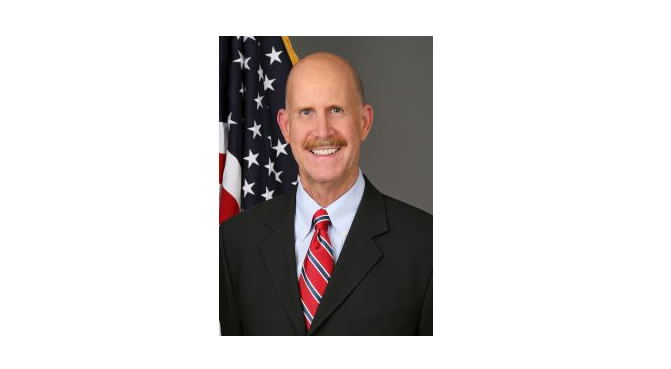

Share
The nature of work is changing dramatically, and it’s creating new challenges – and pitfalls – for regulators charged with protecting workers’ health and safety.
The highest-ranking official at the National Institute for Occupational Safety and Health called on academics gathered Wednesday at the University of Minnesota to dig deep into the implications of emerging economic trends like robotics and agency-based, temporary employment, as well as the potential use of “big data” to make workplaces safer.
“The government built all of our social-protection laws based on an old paradigm,” Dr. John Howard told about 75 professionals gathered at the Midwest Center for Occupational Health and Safety’s annual symposium. With a greater share of the U.S. workforce moving “from stability to precariousness,” he added, “the normal employer-employee relationship has eroded.”
Howard, who also serves as administrator of the World Trade Center Health Program, covered a wide range of issues and referenced a trove of published research in his 45-minute address.
No one knows exactly how many U.S. workers are employed in temporary jobs or other “non-traditional” arrangements, Howard said. But it’s definitely on the rise.
Research shows the 21st-century job market is characterized by uncertainty and ambiguity. Workers increasingly settle for short-term “gigs” rather than career-path jobs. Many find themselves at the mercy of sophisticated, “Just-in-Time” scheduling software that makes their shifts irregular and paychecks unpredictable. Layers of subcontractors and agencies often create murky managerial relationships.
In many ways, the emerging labor market looks increasingly like the construction industry, where tradespeople bounce from jobsite to jobsite and from employer to employer. That means regulators, Howard said, ought to cast a wider net for wage theft, misclassification of workers as “independent contractors” and other violations that plague construction work.
But worker-protection laws written in the mid-20th century aren’t always applicable in the modern age, when any coffee shop with wifi can serve as an office and Google Hangouts can take the place of a conference room. “We really have another definition of a workplace, and it’s a challenging one,” Howard said.
Meanwhile, global trade and automation continue to alter the type of work most Americans do.
It’s generally accepted, Howard said, that 47 percent of existing job categories will be subject to automation in the next two decades. And experts expect about 80 percent of the workforce soon will be employed in service-oriented work – jobs, Howard said, that usually require no more than a high-school degree.
“It may not be possible now to increase productivity through education,” Howard said, acknowledging that such an assertion flies in the face of predictions offered two decades ago by proponents of NAFTA and other free-trade agreements. “Economists are finding out that the benefits of trade don’t necessarily justify its cost,” he added.
Technology is also creating opportunities and challenges when it comes to protecting workers’ health and safety on the job.
Researchers in the field of occupational health are only beginning to understand the potential of new sensory technology that provides a constant stream of data from the jobsite to safety monitors – everything from air quality to the heart rates of workers on a factor floor. The “big struggle,” Howard said, is mining that data for indicators that accidents or other adverse events might be on the horizon.
Finding those indicators could amount to a major breakthrough in worker safety – and a much-needed one as well. Research suggests the changing nature of work – the shift “from stability to precariousness,” as Howard put it – comes with some serious health and safety risks for working people.
Studies suggest temporary workers have shorter life spans than those in career-path positions. Unpredictable work schedules may also be taking a toll on workers’ mental health. And when a patchwork collection of temp agencies and subcontractors provides labor for a single workplace, site-specific safety training is often inconsistent – and sometimes nonexistent.
“Workers have a more distant relationship with the people they work with, the people who can help navigate potential hazards,” Howard said, noting that temporary workers are less likely to report potential hazards – or try using collective action to improve their working conditions.
“They work for a temp agency,” Howard said. “They feel lucky just to have a job.”

